I strummed my beloved Stratocaster, expecting the searing wail of rock ‘n’ roll. Instead, a mellow, acoustic-like twang filled the room. My electric guitar sounded acoustic, and I was baffled. As the editor of ‘Acoustic Guitar’ magazine and a seasoned electric guitarist, I’ve encountered this perplexing issue numerous times. It’s a common problem that can leave even experienced players scratching their heads. But fear not, fellow axe-wielders! My unique perspective, gained from years of experience with both acoustic and electric guitars, has equipped me to unravel this mystery. In this troubleshooting guide, I’ll share my insights on why your electric guitar sounds acoustic and how to reclaim that electrifying tone you crave. From pickup issues to amplifier settings, we’ll explore every avenue to diagnose and solve this sonic conundrum.
Common Causes of Acoustic-Sounding Electric Guitars
Pickup Issues

In my years of transcribing and analyzing guitar tones, I’ve encountered countless cases where pickup issues were the culprit behind an electric guitar sounding acoustic. The pickup output plays a crucial role in shaping your electric guitar’s voice. When pickups underperform, they fail to capture the full range of string vibrations, resulting in a thin, acoustic-like tone. I’ve found that factors such as weak magnets, worn windings, or improper height adjustments can significantly reduce pickup effectiveness. Even high-quality pickups can lose their magnetic strength over time, leading to a gradual shift towards a more acoustic timbre. Understanding these nuances has helped me diagnose and resolve countless pickup-related issues, restoring the robust electric tones guitarists crave.
Amplifier Settings

As a performer and improviser, I’ve learned that amplifier settings are crucial in shaping an electric guitar’s tone. Often, when guitarists complain about an acoustic-like sound, the culprit is hiding in plain sight: their amp settings. I recall a gig where my guitar suddenly sounded thin and lifeless. Turns out, I had accidentally dialed back the gain and pushed the treble too high. Electric guitar amplifier settings can dramatically alter your instrument’s voice, transforming it from a roaring beast to a whimpering acoustic-like tone in seconds. The key is finding the right balance of gain, EQ, and effects. Too little gain, and you’ll lose that characteristic electric growl. Overemphasis on high frequencies can strip away the warmth and body of your tone, leaving you with a sound more reminiscent of an acoustic guitar than an electric powerhouse.
Guitar Electronics Problems
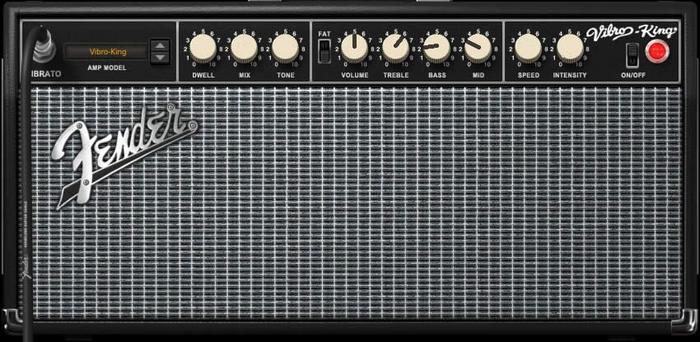
As someone who’s spent years dissecting guitar electronics for Premier Guitar, I’ve encountered numerous electric guitar sound problems that can make your instrument sound unexpectedly acoustic. Often, these issues stem from faulty wiring or malfunctioning components within the guitar itself. A loose solder joint, corroded switch, or damaged potentiometer can significantly alter your guitar’s output, stripping away its electric character. I’ve seen cases where a partially disconnected pickup selector switch caused only the piezo pickup to function, resulting in an acoustic-like tone. Even subtle issues, like a worn output jack, can impact your guitar’s signal strength and tonal qualities. Understanding these potential pitfalls is crucial for maintaining your electric guitar’s signature sound. By delving into your instrument’s circuitry, we can often pinpoint and rectify these electronic gremlins, restoring your guitar’s true voice.
Diagnosing the Problem
Checking Pickup Functionality
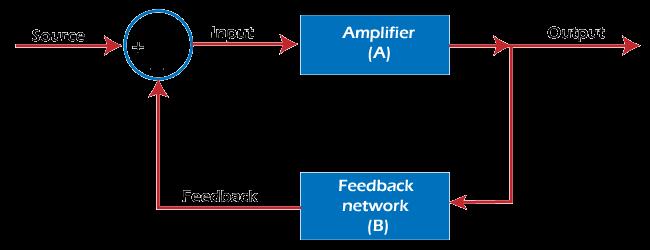
When your electric guitar isn’t sounding electric, checking pickup functionality is crucial. As a seasoned transcriber, I’ve honed my ear to detect subtle nuances in guitar tones. Let me guide you through my methodical approach to pickup diagnosis. Start by tapping each pickup with a small metal object. You should hear a clear, amplified sound through your amp. If one pickup is silent or significantly quieter, it may be faulty. Next, use your guitar’s pickup selector to isolate each pickup while playing. Listen for consistent output and tonal characteristics. Pay attention to any unusual buzzing or weak signals. If you’re still unsure, try a direct input box to bypass the amp and isolate pickup issues. This process has helped me pinpoint countless pickup problems, ensuring guitars regain their electric voice.
Inspecting Guitar Controls

When I’m troubleshooting an electric guitar that sounds acoustic, I always make a point to thoroughly inspect the guitar’s controls. Having written extensively about guitar electronics in my instructional books, I’ve learned that the devil is often in the details. I start by examining the volume and tone knobs, ensuring they’re not stuck or malfunctioning. It’s crucial to check that the electric guitar volume settings are properly adjusted and responsive.
Next, I focus on the pickup selector switch, testing each position to verify it’s engaging the correct pickups. Sometimes, a faulty switch can cause only the piezo pickup to be active, resulting in that acoustic-like sound. I also inspect the output jack, as a loose connection here can significantly impact the guitar’s tone. By meticulously examining these controls, we can often pinpoint the root of the problem and take the next step towards restoring your electric guitar’s proper sound.
Testing with Different Amplifiers
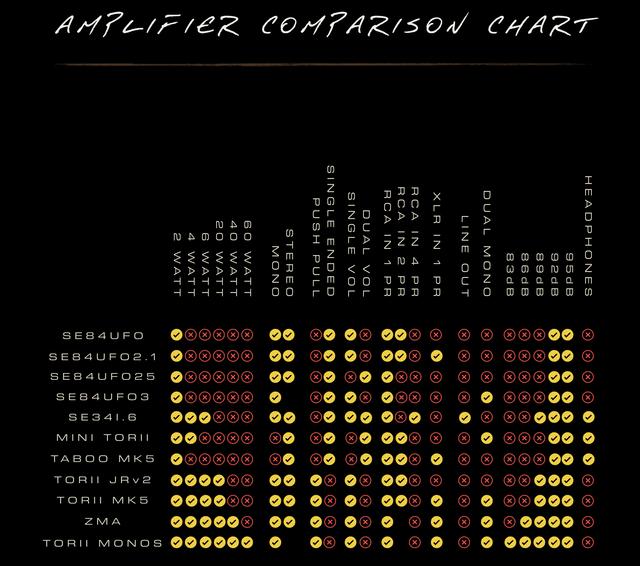
When diagnosing why my electric guitar sounds acoustic, testing with different amplifiers is a crucial step I always take. Through my experience with various amps in both studio and live settings, I’ve learned that the amp itself can significantly impact the electric guitar’s clean sound. I start by connecting my guitar to a known working amp, ideally one that typically produces a distinct electric tone. If the acoustic-like sound persists, it’s likely a guitar issue. However, if the proper electric tone returns, the original amp is likely the culprit.
I also experiment with different amp settings, focusing on gain, EQ, and effects. Sometimes, a simple tweak can transform an acoustic-sounding guitar back to its electric glory. This process not only helps identify the problem but also deepens my understanding of how different amps interact with my instrument, enhancing my overall tone-crafting skills.
Solutions to Restore Electric Guitar Sound
Adjusting Pickup Height
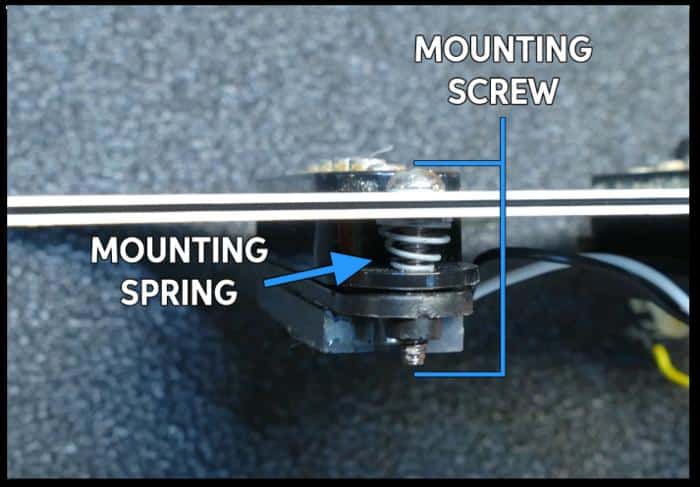
When it comes to improving electric guitar sound, adjusting pickup height is a crucial step I’ve mastered through years of tone analysis. The distance between your pickups and strings significantly impacts your guitar’s output and character. I’ve found that raising pickups closer to the strings intensifies the signal, enhancing sustain and boosting output. However, be cautious – setting them too high can cause magnetic pull on the strings, affecting intonation and potentially creating unwanted distortion.
Through experimentation, I’ve developed a reliable method: start with the pickup poles about 1/8 inch from the strings when fretted at the last fret. Fine-tune from there, listening for the sweet spot where clarity meets power. Remember, bass strings typically need more distance due to their larger vibration arc. This adjustment can transform a thin, acoustic-like tone into a rich, electric growl, restoring your guitar’s true voice.
Optimizing Amplifier Settings
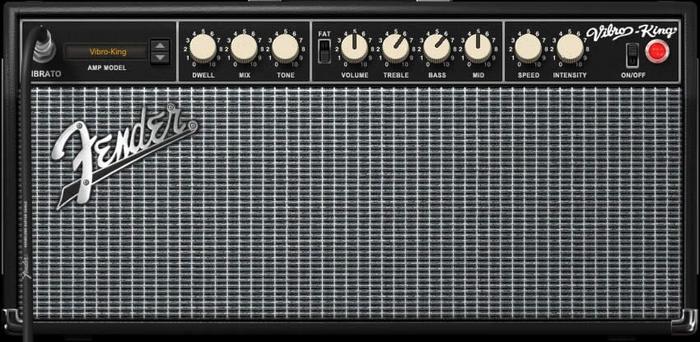
When it comes to optimizing amplifier settings, I’ve found that subtle adjustments can make a world of difference. Drawing from my experience in contemporary improvisation and performance, I’ll guide you through electric guitar tone settings that can dramatically improve your sound. First, I always start with the EQ. Boosting the mids slightly while cutting the lows can help your guitar cut through the mix with that classic electric bite. Next, I focus on the gain structure. Even if you’re not playing high-gain styles, a touch of overdrive can add warmth and sustain to your tone. Finally, I experiment with the amp’s built-in effects, particularly reverb and delay, to create depth and space in the sound. Remember, these settings are a starting point – the key is to trust your ears and adjust based on your playing style and the musical context.
Addressing Gain Issues
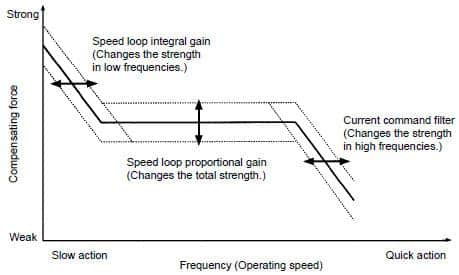
When it comes to addressing gain issues, I’ve learned through countless hours of experimentation that it’s crucial for achieving that quintessential electric guitar sound. During my deep dive into Jim Hall’s playing style, I discovered how subtle gain adjustments can dramatically transform tone. Proper gain management is key to avoiding an acoustic-like sound from your electric guitar.
Start by gradually increasing your amp’s gain, listening for that sweet spot where your notes begin to sustain and harmonics bloom. If you’re still lacking that electric edge, consider adding a boost or overdrive pedal to your signal chain. Remember, different pickups respond uniquely to gain, so experiment with your guitar’s pickup selector. By fine-tuning your gain structure, you’ll unlock the full potential of your electric guitar’s voice, ensuring it cuts through the mix with authority and character.
Preventing Future Acoustic-Like Sounds
Regular Maintenance Tips
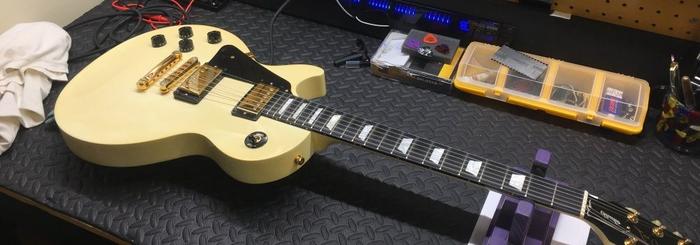
When it comes to preventing that unwanted acoustic-like zing in your electric guitar, regular maintenance is key. I’ve learned this the hard way over my years of playing and tinkering. Every week, I make it a point to wipe down my strings and fretboard, keeping grime at bay. This simple act can significantly impact your guitar’s tone. Monthly, I check my pickup height and pole pieces, ensuring they’re optimally positioned for that crisp electric sound we all crave. I also inspect the output jack and controls for any loose connections that might be causing signal issues. Annually, I do a deep clean, including polishing frets and conditioning the fretboard. This routine has kept my axes singing true, avoiding those pesky acoustic-like tones that can creep in when maintenance is neglected.
Understanding Your Guitar’s Electronics
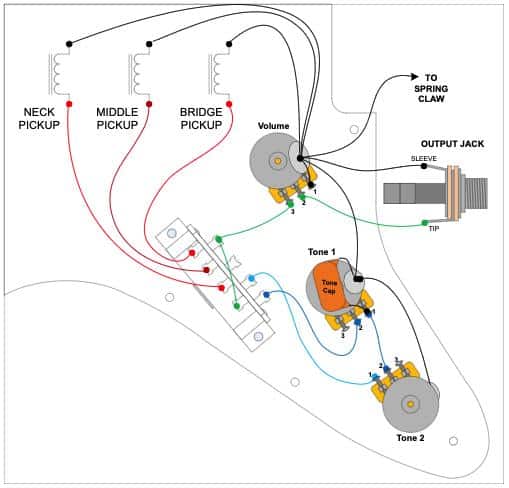
When it comes to preventing your electric guitar from sounding plucky or acoustic-like, understanding your instrument’s electronics is crucial. My experience in music engraving has taught me that even the smallest details can significantly impact sound quality. By familiarizing yourself with your guitar’s circuitry, you’ll be better equipped to maintain its electric tone. Pay close attention to the potentiometers, capacitors, and switch connections. These components work together to shape your guitar’s voice, and any issues here can lead to unwanted acoustic-like sounds. I’ve found that regularly inspecting these parts and understanding their roles can help you identify potential problems before they affect your tone. Remember, your guitar’s electronics are like a delicate ecosystem – each element plays a vital role in producing that signature electric sound we all love.
FAQs
Why does my electric guitar sound acoustic?
Your electric guitar may sound acoustic due to several reasons:
- The guitar is unplugged or not properly connected to an amplifier
- The volume knob on the guitar is turned down
- The pickup selector is in the wrong position
- The pickups are faulty or need adjustment
How can I check if my electric guitar is properly plugged in?
To check if your electric guitar is properly plugged in:
- Ensure the guitar cable is securely connected to both the guitar and the amplifier
- Check that the amplifier is turned on and the volume is set to an audible level
- Try a different cable to rule out a faulty connection
- Test the guitar with a different amplifier to isolate the issue
What should I do if my electric guitar’s volume knob is not working?
If your electric guitar’s volume knob is not working:
- Check if the knob is physically loose or damaged
- Clean the potentiometer with contact cleaner
- Test the guitar’s output with a multimeter
- If the issue persists, consider replacing the volume potentiometer
If you’re not comfortable with electrical work, consult a professional guitar technician.
How do I adjust my electric guitar’s pickup selector?
To adjust your electric guitar’s pickup selector:
- Locate the pickup selector switch on your guitar
- Understand the different positions and their corresponding pickups
- Experiment with each position to find the desired sound
- Ensure the switch is firmly in position and not between settings
Remember, different pickup combinations produce various tones, so explore all options to find your preferred sound.
What are signs of faulty pickups on an electric guitar?
Signs of faulty pickups on an electric guitar include:
- No sound or very weak output from one or more pickups
- Excessive buzzing or humming noise
- Inconsistent volume levels between pickups
- Distorted or unclear sound quality
- Loss of high frequencies or “treble bleed”
If you suspect faulty pickups, test each one individually and consider having them inspected by a professional if issues persist.
Conclusion
Armed with knowledge and ready to rock, you’re now prepared to keep your electric guitar sounding exactly as it should – electric! Throughout my years of playing and writing about guitars, I’ve encountered countless players facing this exact issue. Remember, the key to fixing your electric guitar’s sound lies in systematic troubleshooting. Start with the basics: check your pickup height, amplifier settings, and guitar electronics. Don’t overlook the importance of proper maintenance and understanding your instrument’s unique quirks.
If you’re still struggling, don’t hesitate to seek professional help. However, with the knowledge you’ve gained, you’re well-equipped to tackle most issues on your own. Keep experimenting, stay patient, and above all, trust your ears. Your electric guitar’s voice is waiting to be unleashed – now go make some noise!